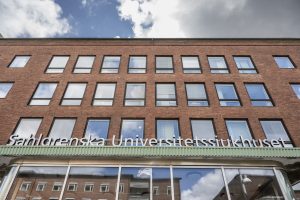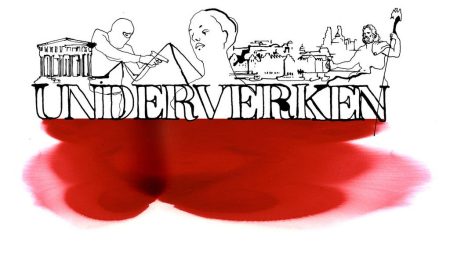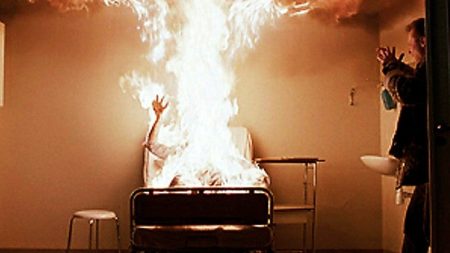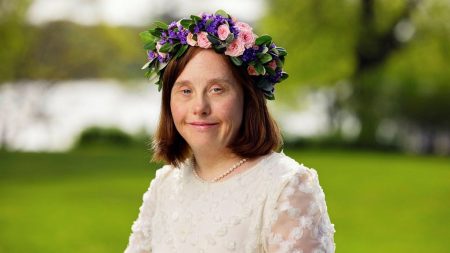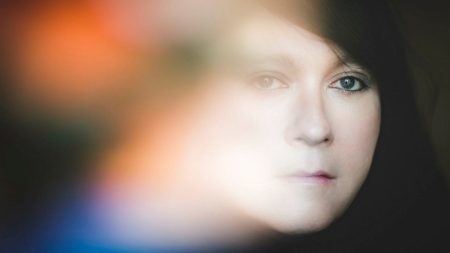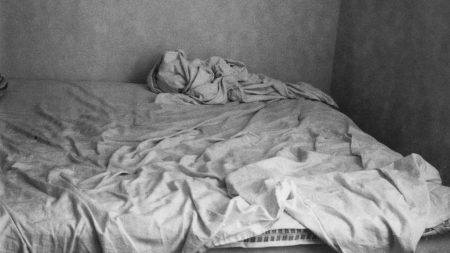Joanna Rubin Dranger’s graphic novel, ”Dolda judiska liv” (Hidden Jewish Lives), explores the complex and often concealed experiences of Jewish individuals in the aftermath of the Holocaust. The book builds upon her previous work, ”Ihågkom oss till liv” (Remember Us to Life), which delved into her own family’s history and their attempts to assimilate into Swedish society, inadvertently obscuring their Jewish heritage and the tragic losses they suffered during the war. ”Dolda judiska liv” expands this personal narrative into a collective exploration of hidden Jewish identities, highlighting the enduring impact of historical trauma and the ongoing challenges of navigating contemporary antisemitism.
Dranger’s new graphic novel presents five interwoven narratives, rendered in a soft, almost naive artistic style, accompanied by handwritten text. These stories are based on interviews with over thirty individuals, most of whom remain anonymous. These individuals either actively conceal their Jewish identity or were raised by parents who did so, perpetuating a cycle of secrecy and silence across generations. Dranger’s work reveals a shared experience of hidden heritage, demonstrating that concealing one’s Jewish identity became a common coping mechanism in the face of persecution and prejudice. This silence was often born out of a desire to protect oneself and future generations from the horrors of the past.
The stories within ”Dolda judiska liv” offer poignant examples of the lengths to which individuals and families went to assimilate and erase their Jewishness. One individual only discovered their Jewish heritage as a teenager, after accompanying their father to his hometown of Prague and realizing that all his relatives and childhood friends were Jewish. Despite this revelation, the ingrained habit of secrecy prevailed, leading this individual to remain silent about their own background even among Jewish friends. Another interviewee, historian Ingrid Lomfors, learned about her Jewish heritage through a surprising encounter with airport security in Israel, who noticed the Jewish names of her family members. This unexpected revelation forced her to confront a hidden dimension of her identity and seek guidance from her confirmation priest, a poignant illustration of the extent to which her family’s history had been suppressed.
The book powerfully illustrates the pervasive nature of fear and its lasting impact on Holocaust survivors and their descendants. Many who survived internalized their fear of discovery, passing on this apprehension to subsequent generations. They adopted traditionally Swedish names for their children, celebrated Christmas, and deflected conversations about their family history, effectively erasing their Jewish heritage from public view. This ingrained secrecy created a sense of isolation, with many individuals believing they were alone in their experience. Dranger’s work, however, reveals the commonality of this concealed identity, suggesting it’s almost a defining characteristic of Jewish experience in the post-Holocaust era.
The narratives highlight the enduring dilemma faced by those grappling with a hidden Jewish identity, particularly in the present day. While antisemitism may not be as overt as it was during the 1940s, the resurgence of anti-Jewish sentiment, fueled by both global events and local prejudices, presents new challenges. Openly embracing one’s Jewish heritage can lead to both positive and negative consequences: in some contexts, it might be a source of cultural pride and connection, while in others, it can invite the very forms of discrimination and violence that led to its concealment in the first place. This precarious balance underscores the complexities of Jewish identity in a world where antisemitism continues to persist.
The reviewer, Rebecka Kärde, reflects on the personal implications of these narratives, acknowledging the tension between the desire to embrace one’s heritage and the pragmatic need for self-preservation. She expresses a yearning for a full embrace of Jewish traditions, even with its inherent awkwardness, while also acknowledging the rational justification for remaining cautious, even secretive, in the face of persistent antisemitism. Kärde’s closing remarks poignantly capture the enduring weight of prejudice, underscoring the sobering reality that, even in the 21st century, the hatred of Jewish people remains a palpable and disheartening force. Dranger’s work, through its intimate portrayal of hidden Jewish lives, provides a powerful testament to the resilience and complexity of Jewish identity in the face of historical trauma and ongoing prejudice.


